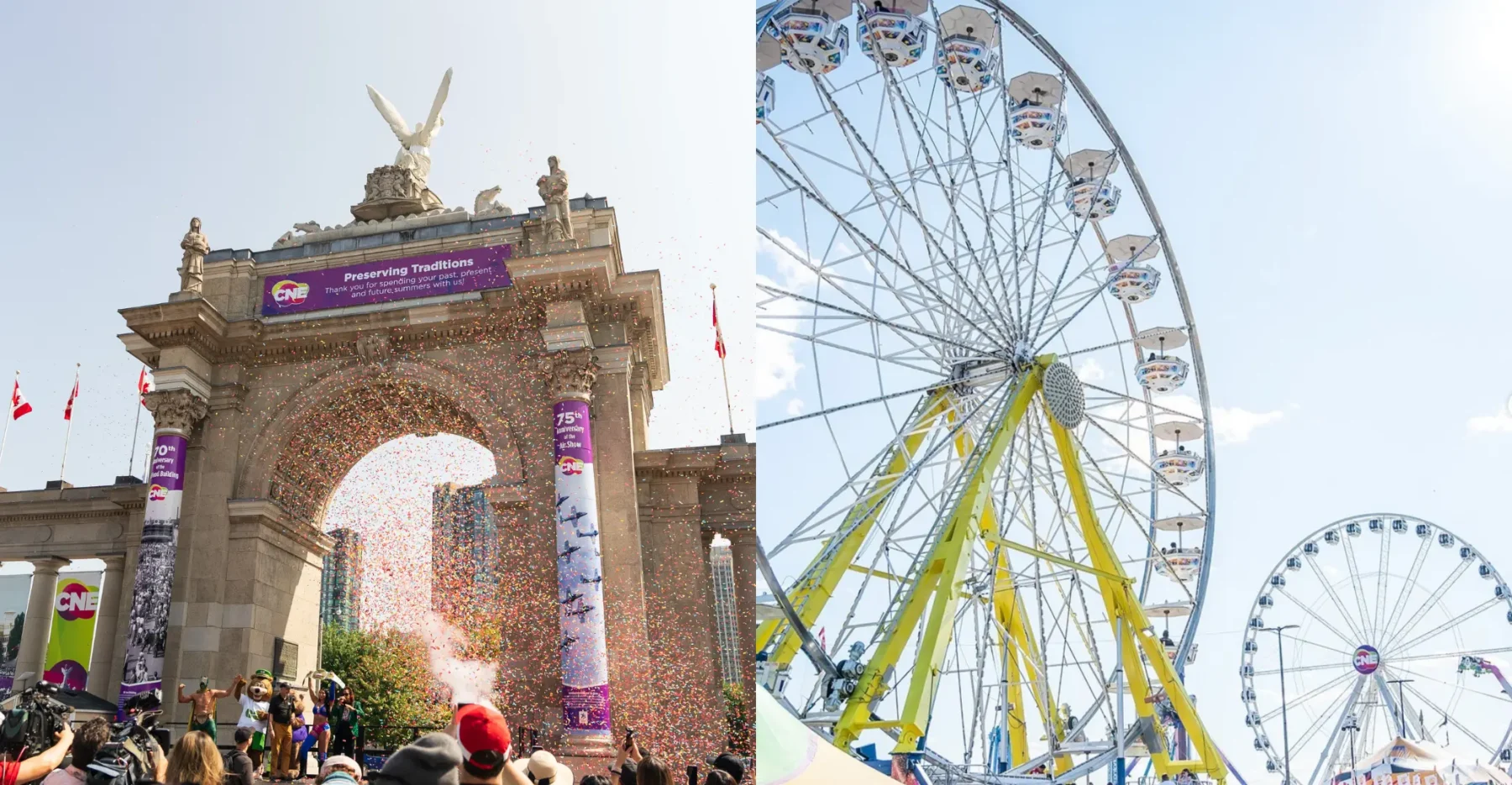
“You big chicken Eli, come back to Tokyo,” read a post on my Facebook wall.
It was written by another Canadian ex-pat who unlike me decided to stay in Tokyo despite the bubbling nuclear reactors in Fukushima just 250 kilometers to the north.
I was reading this post at a capsule hotel-a unique Japanese budget accommodation where guests sleep in a plastic tube just big enough for a bed and a person, kind of like an airplane toilet laid horizontal. The hotel is in the city of Osaka where I have fled to put distance between myself and the meltdown threat.
Me, a chicken?
Everyday I check the radiation levels posted on the website of the Ministry of Education, Sports, Culture and Education, the same way normal people check weather reports. I know that the radiation levels in Tokyo have been rising steadily since Monday and this has me worried. Looking at the rows of capsules, I start to feel a bit like poultry cooped up in a factory farm (if I had stayed at a regular hotel, I might have felt free range). Does taking refuge away from Tokyo make me a coward?
For my FB friend in Tokyo, and many other confident (rash?) foreigners who according to a Japan Times article on Tuesday have been launching bitter invective at those who left, the situation is perfectly clear: the experts were saying Tokyo is safe Therefore those who “ran away” are just hysterical fools in need of hard facts. But were my fears really unfounded?

OpenStreetMap contributors, CC-BY-SA
In search of an answer to my question, I began chatting with the other capsule lodgers, the vast majority of whom had come from Tokyo to seek space from the radiation-or at least a bit of space to think. The hotel is full to capacity with people from all over the world. Notably, there are large groups of Chinese and Koreans as well as many English teachers from countries like Canada, Ireland, and Australia. But most numerous of all are the Japanese, belying the media stereotype that those “fleeing” Tokyo are mostly foreigners.
While everyone taking part in this exodus has a different story, the prevailing mood is uncertainty. Everyone doubts the official line taken by the Japanese government that is repeated again and again by the media: “the radiation levels are high, but they have no immediate effect on the human body”. The word “immediate” does all the work here, allowing the authorities to make comforting claims about the harmlessness of radiation while simultaneously absolving them of responsibility for any adverse effects that might arise in the long term.
Skeptical of the placations of the government, we seek non-Japanese perspectives to corroborate or refute what the mainstream media is feeding us. At the opposite end of the spectrum are Europeans like EU Energy Commissioner Günther Oettinger who was quoted comparing the Fukushima crisis to an “apocalypse” and countries like France and Switzerland that have advised their citizens to evacuate Japan.
Somewhere between the Japanese and the Europeans are the Americans who have extended the danger zone around the plant to an 80-kilometer radius, contradicting the Japanese claim that 30 kilometers is sufficient. At first glance the International Atomic Energy Association (IAEA) seem to have the authority to resolve these widely divergent views, but they are notoriously pro-nuclear and lack the neutrality to be satisfying mediators.
With no guiding star to navigate this plurality of assessments, I began to wonder whether history might disclose the reality of reactor meltdown dangers and started to research the Chernobyl disaster. I realized that even 25 years after the worst nuclear accident in history, there is still no agreement on the overall harm done to humankind.
The Chernobyl Forum, a panel made up of various experts and governing bodies (including the IAEA) concluded in 2004 that Chernobyl may have brought about just over 4000 deaths.
On the other hand, a recently published book by a group of Slavic scholars-Chernobyl Consequences of the Catastrophe for People and the Environment-that uses various Russian language sources ignored by the Chernobyl forum gave the most chilling estimate, putting the death toll caused by the accident from 1986 to 2004 at 985, 000.
Although reading about the aftereffects of Chernobyl did little to clarify the reality of radioactive harms, it did bring one point to light: the uncertainty we all feel in our capsules-whether we are cooped chickens fearing an imaginary slaughter or cocooned chrysalis waiting for rebirth- is not isolated to the present crisis. Unanswered questions cut all the way through the history of nuclear accidents, dividing the assessment of risk to humanity into extremes.
As I ride on a bus away from Osaka further south to the Island of Shikoku and look out over the tiny islands scattered atop the greenish-blue waters of the inland sea, I think how viscerally relevant this seemingly academic debate is for refugees trapped in Fukushima and the surrounding prefectures. This time scientific truth is not a pedantic qualm between specialists now the fate of hundreds of thousands of men, women, children and especially infants, who are the most susceptible to fallout, hang on the answer.
Compared to the refugees braving out the crisis in the cold north, with fallout drifting unseen amongst the snowflakes all about them, my freedom to seek distance from the comparatively safer and more comfortable Tokyo is a great luxury.
But as to whether I am a chicken (whatever this means anyway), in the end the risks are concealed, the probability of long-term harms just as invisible as radioactivity itself, leaving each one of us to look into our own hearts to decide what is safe.












